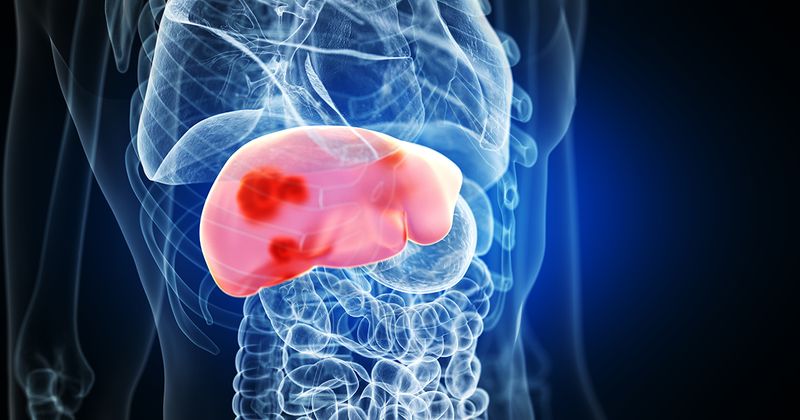CHESS-ALARM score tops other criteria to ‘rule in’ esophageal varices in cirrhosis
CHARLOTTE, N.C. — The CHESS-ALARM score was a better predictor of esophageal varices requiring treatment in patients with cirrhosis vs. other noninvasive criteria, according to data presented at the ACG Annual Scientific Meeting.
“During the COVID-19 pandemic, there was a shortage of resources to perform endoscopy procedures, including availability of staff and diversion of resources, and many centers developed a significant backlog,” Nimy John, MD, from the University of Arkansas for Medical Sciences, told Healio. “Therefore, we looked into non-invasive methods that could help identify patients who do not need an endoscopy.”

“We can safely use the CHESS-ALARM score to rule in varices that need treatment for a selected group of individuals with cirrhosis,” Nimy John, MD, from the University of Arkansas for Medical Sciences, told Healio.
Source: Adobe Stock
Although the Baveno VI criteria recommends using platelet count and liver stiffness to rule out patients who do not require esophageal variceal screening, John noted that this criteria is not widely used.
To determine which predictive criteria could be employed to avoid unnecessary esophagogastroduodenoscopy in patients with compensated advanced chronic liver disease, John and colleagues conducted a cross-sectional analysis on 424 patients using several criteria, including the Baveno criteria, the expanded Baveno criteria, APRI score, FIB-4 score and CHESS ALARM score.

According to study results, the CHESS-ALARM score was highest for non-invasive predictive accuracy of esophageal varices (0.82, CI=0.77 to 0.86), followed by FIB-4 (0.80, CI=0.76 to 0.85), APRI (0.76, CI=0.72 to 0.81) and MELD-NA (0.66, CI=0.60 to 0.72).
For predicting varices in need of treatment on EGD, CHESS-ALARM score was again highest (0.79, CI=0.72 to 0.86), followed by FIB-4 (0.78, CI=0.72 to 0.85), APRI (0.73, CI=0.66 to 0.81), and MELD-NA (0.66, CI=0.58 to 0.74).
Although Baveno VI criteria exhibited a predictive accuracy of 93.1% to rule out esophageal varices, and the expanded Baveno VI criteria demonstrated a predictive accuracy of 98.3% to rule out varices that required treatment, the CHESS-ALARM showed 82.9% sensitivity and 70% specificity to predict varices, as well as a 90.2% sensitivity and 66.2% to predict varices that require treatment.
“We can safely use the CHESS-ALARM score to rule in varices that need treatment for a selected group of individuals with cirrhosis,” John noted.
“We want to extend our study to include other diverse racial and ethnic groups to confirm these findings,” she told Healio. “Additionally, many patients in our study developed cirrhosis from fatty liver disease; we need a prospective multicenter study to evaluate the validity of our findings in patients with cirrhosis from other etiologies like autoimmune liver disease and cholestatic liver disease.”

